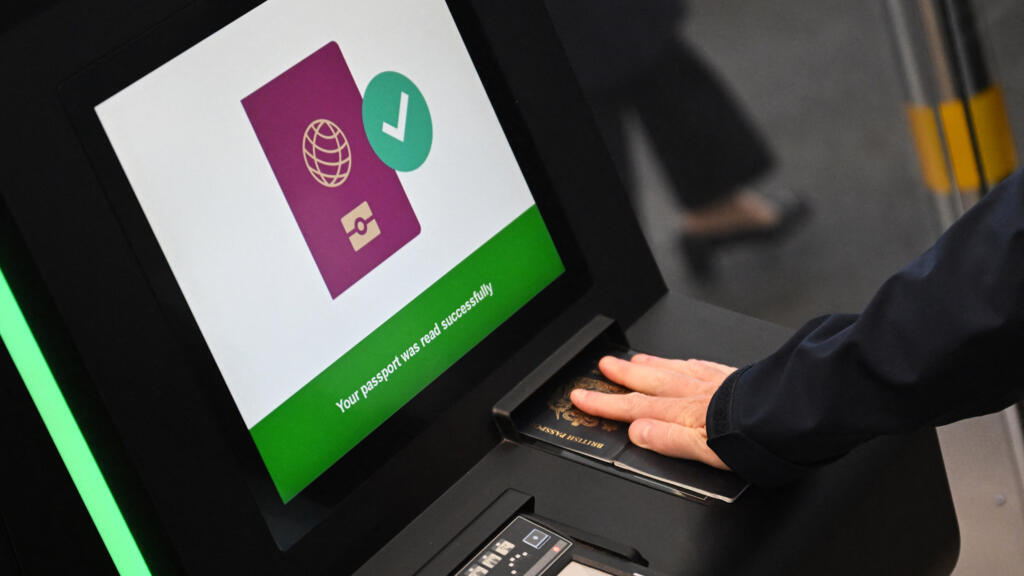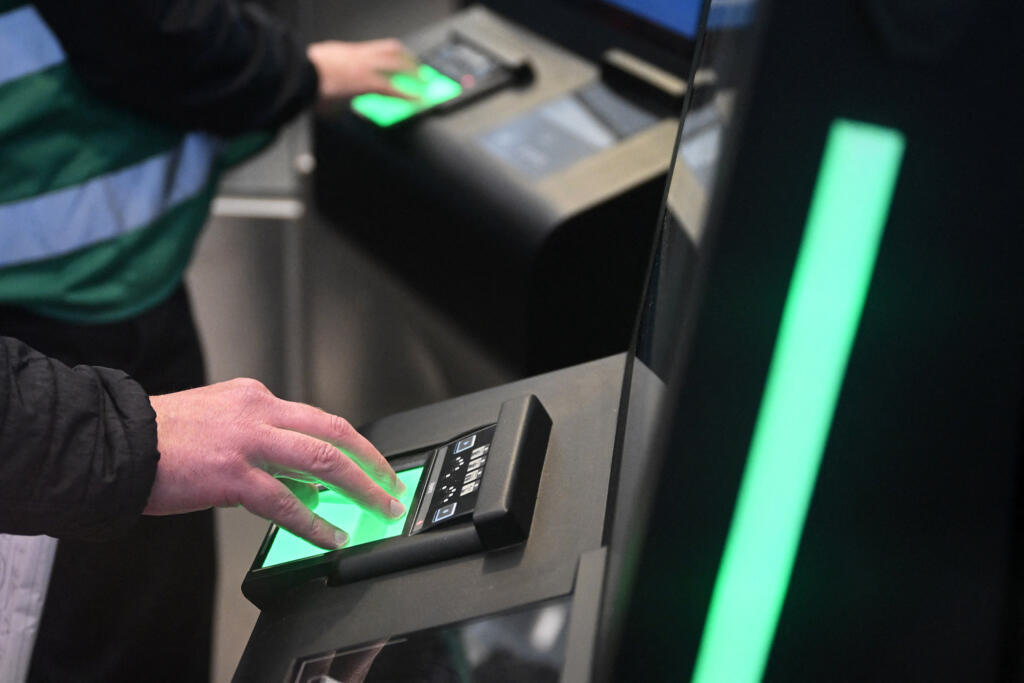
Major changes to how non-EU citizens – including UK travellers – enter and exit Europe’s Schengen Area began on Sunday, as the European Union launched its long-delayed Entry/Exit System.
The Entry/Exit System (EES) requires all non-EU citizens to register their personal details, including fingerprints and facial images, when they first enter the Schengen area – which comprises all EU nations, apart from Ireland and Cyprus, plus Iceland, Norway, Switzerland and Liechtenstein.
The new electronic system removes the requirement to manually stamp passports at the EU’s external border and instead creates digital records that link a travel document to a person’s identity using biometrics.
It will be applied on arrival at airports, ports, train terminals and road border crossings in the Schengen area.
As the Schengen Agreement turns 40, how free is movement around Europe today?
Children under 12 need to be registered under the EES, but will only have their photograph taken. Travellers do not have to pay for EES.
Non-EU citizens with residence permits or long-stay visas for EU countries will be exempt from using the EES as will Irish and Cypriot travellers, despite their countries not implementing the system.
"This is a significant step towards a more secure and efficient border management system for the EU," said EU spokesman Markus Lammert.
The EU says the system is intended to prevent illegal migration, combat identity fraud and identify overstayers.
Gradual rollout
Hotly debated for almost a decade, the system has raised concerns among transport providers and passengers, who fear it could lead to longer queues at airports and train stations.
To limit disruption, there will be a phased rollout. Data collection will be gradually introduced at border crossings from Sunday, with full implementation by 10 April, 2026.
The bloc's biggest countries, including France and Germany, have said they will carry out only a handful of checks in a bid to avoid huge queues at airports.
EU countries tighten border checks amid security and migration fears

UK travellers
British nationals – no longer EU citizens, following Brexit – will be subject to the new rules.
UK authorities have already advised travellers to allow extra time when crossing into the Schengen zone, particularly at high-traffic ports such as Dover and train stations such as London St Pancras.
Transport providers including Eurostar and Getlink, which operates the Channel Tunnel, say they are ready for the rollout. But the UK’s Road Haulage Association has warned of potential delays during peak travel periods.
Passenger vehicle checks will commence in November at Dover, and by the end of the year at the Eurotunnel. Eurostar has said it will gradually introduce the new border procedures.
France reinstates border checks as immigration policies tighten
Online travel authorisation
The next phase in the EU's border overhaul will be the launch of an electronic travel authorisation document – known by its acronym ETIAS – similar to the United States' ESTA or its UK equivalent ETA.
Non-Schengen area citizens will need to apply for an ETIAS authorisation, provide personal information and details about their trip and pay a €20 fee before they travel. This authorisation will be valid for three years or until a passport expires, whichever comes first.
Since April, European visitors to the UK have had to purchase an electronic permit in advance.
(with newswires)







